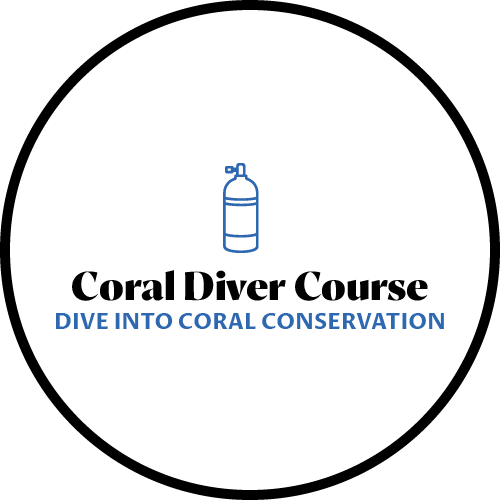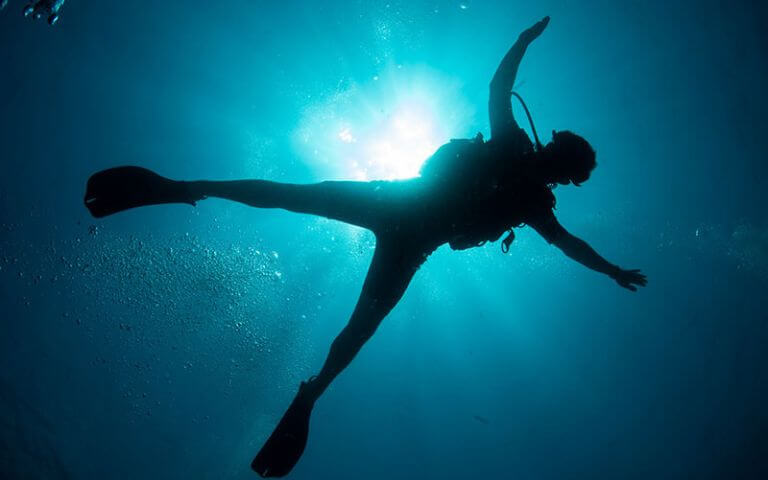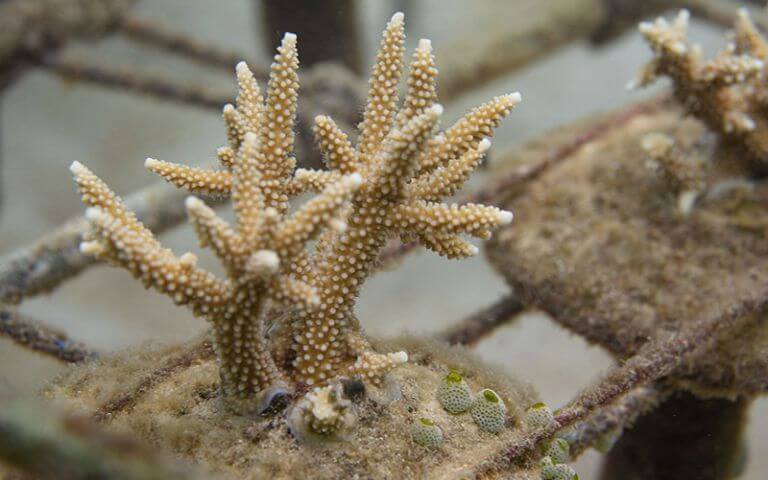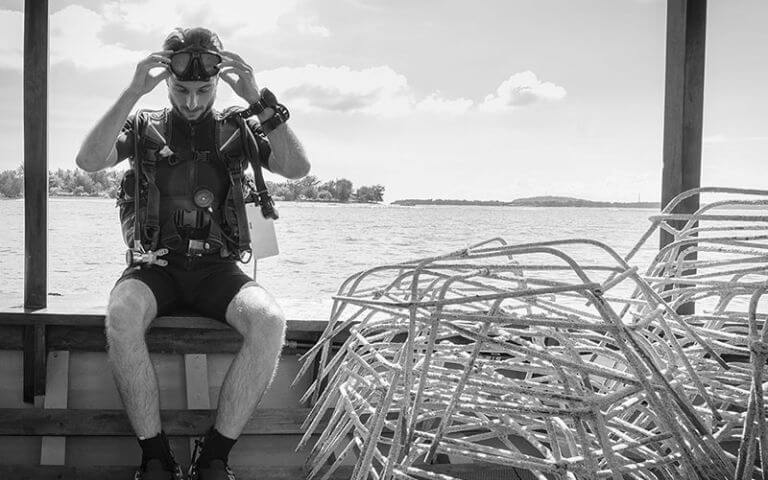Coral Diver Course

Coral Diver Course
Duration: 3 Days
Includes: 4 Dives, Dive Equipment, Academic Materials, and SSI Coral Identification Certification
Price: IDR 5,750,000
This course is created by Indo Coral Conservation to offer a deeper, hands-on introduction to coral ecosystems. While it includes the SSI Coral Identification certification, our curriculum goes far beyond the standard agency content giving divers real knowledge and field experience.
Your contribution directly supports our coral farming and community engagement efforts.
Prerequisites
Minimum Age: 15 years
Certification: Open Water Diver (or equivalent)
Experience: Minimum 20 logged dives
Recent Activity: Must have dived within the past 12 months
If you need a scuba skills update or additional dives before joining, visit our partner 3W Dive Center for tailored support.

Course Schedule

Day 1 – Coral Basics & First Dive
- Morning: Theory sessions on hard vs soft corals, SPS (small polyp stony corals) & LPS (large polyp stony corals)
- Midday: Dive 1: Field ID of hard/soft corals and small polyp corals
Day 2 – Coral Diversity
- Morning: Dive 2: Large polyp corals
- Midday: Dive 3: Soft coral genus
Day 3 – Coral Farming & Global Coral Reefs
- Morning: Coral farming theory + Dive 4: Coral micro-fragmentation and replanting
- Afternoon: Global coral overview + Final exam
- SSI certification awarded
Why Choose This Course?
You’ll earn an SSI certification, but the real value is in the depth of learning and field experience. This is a true introduction to coral ecology, perfect for divers who want more than just the basics.

